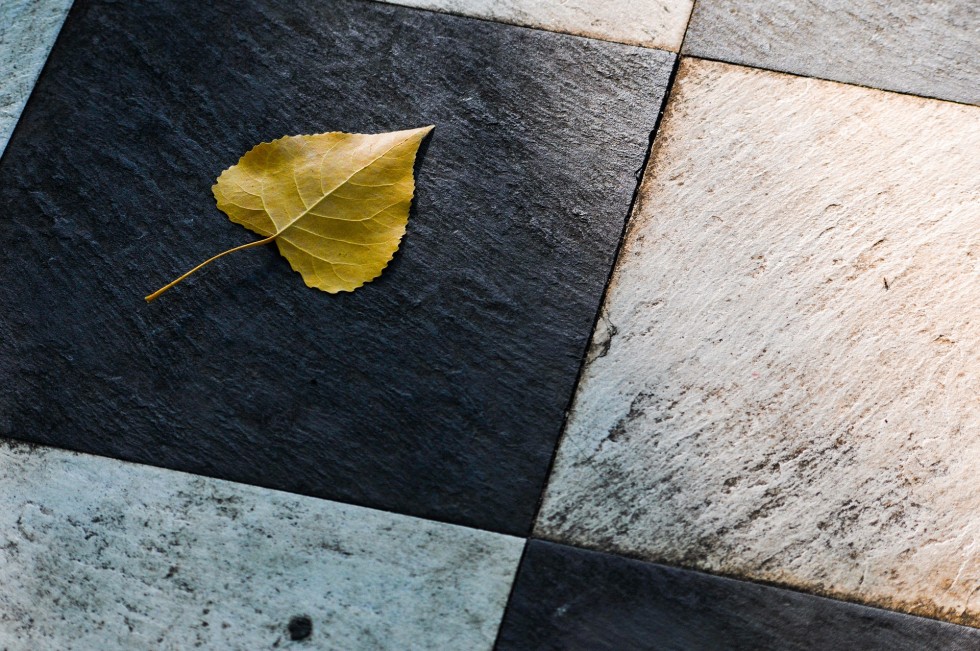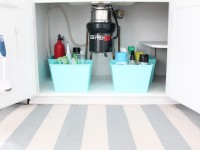Tiled floors, shower walls, and backsplashes last for quite a while. However, they’re not made to withstand all influences they’re exposed to.
Sometimes cracked tile may appear due to improper installation, too heavy loads (as different kinds of tile have their breaking strength standards you need to take into consideration when choosing tiles for your home), cracks in underlying concrete and other reasons.
However, the most common cause of tile cracks is something quite heavy and sharp being dropped on the tile. And, there’re two ways of fixing this situation.
Depending on how serious the damage is, you may either attempt to fix a cracked tile (especially when it’s the so-called hairline crack that’s appeared on your kitchen or bathroom walls) or replace a broken one.
HireRush.com has a list of tiling contractors who’ll accept your tile repair request and help you eliminate any tile defects that ruin the look of your tiled walls or floor.
Just go to the website, enter your zip code to determine your location, leave your phone number with a short description of the job you need to get done and our tile contractors will gladly respond to your request.
However, if you’re familiar with small handyman jobs, you may try to fix a cracked tile on your own. These directions will help you achieve great results.
How to repair a cracked tile
Cracked tile repair necessities
- oil-based primer
- oil-based paint
- two-part clear marine epoxy
- dish soap
- towel
- sponge/cloth
- small paintbrush
- wooden stick (or a toothpick)
- hair dryer
- warm water
How to repair hairline tile cracks
- The first thing you’ll need to do is to wash the cracked tile (s) with warm water mixed with a little bit of dish soap, rinse it to get rid of soapy residue and wipe till dry.
- After that, dry your tile with a hairdryer to make sure that even the tiniest water drops are gone.
This step is particularly important if you’re trying to conceal cracks in tiles with the unglazed finish. - Grab a small paintbrush and apply a thin layer of primer directly onto the crack, avoiding the actual surface of the tile.
Clean the paintbrush and leave this layer to dry for 2-3 hours. - After that, take the same (cleaned) paintbrush and coat the crack with a layer of paint that matches the color and finish of your cracked tile.
Protect the repaired area to prevent people from stepping on it and let it dry for 12 hours or so. - The next morning, mix the parts of clear marine epoxy according to the directions on the packaging and use a tiny paintbrush or a toothpick to fill the crack up to the tile level with it.
- Let everything set for an hour and avoid stepping on the repaired tiles for a day.
You might want to install some sort of protection so that your family members and pets won’t accidentally do that.
Note: if the crack is too deep, you might want to mix some tile filler with the paint and fill the crack with it.
Steps to replace a broken tile
If the crack actually broke your tile into several pieces, replacing it might sound like a better idea.
Although it might sound a little bit more complicated than concealing the crack, you’ll be able to get rid of that cracks and breakages for good.
So, in order to replace a broken tile, you’ll need:
- replacement tile
- old rag
- hammer
- chisel
- grout remover
- putty knife
- notched trowel
- tile adhesive
- matching grout in squeeze tubes
- work gloves
How to replace a terribly cracked tile
- Use a grout remover to break the grout around the damaged tile.
- Cover your cracked tile with an old rag or thin towel and smash it with a hammer to break in in small pieces to be able to get them out easily.
Be careful not to hit neighboring tiles. - Remove tile pieces carefully, not to cut yourself with sharp tile edges. Wear work gloves for that matter.
- Cleare out the opening using a chisel. You should end up with a somewhat even base for your replacement tile.
Make sure to get rid of dust and old tile solution remnants. - Prepare some tile adhesive following the directions on the package and apply it onto the new tile using a trowel.
- Clean up the edges and place your tile into the opening.
Push it in place with your hands and remove the excess adhesive from the future grout lines. - Allow it to dry for as long as the tile adhesive you’ve purchased needs.
Make sure that no one steps on this tile or ‘disturbs’ it in any other way. - Finish this quick repair project by filling in the edges around the new tile with grout.
- Again, let the grout set and dry.
- Finally, wipe the tile surface using a damp rag. You actually did it!






I have heard that some people will use grout to cover the cracks in the tile. I don’t know if this idea but I think it would be smart to talk to a contractor that works with cracks to make sure that you get the right material to help fill the cracks. I just wouldn’t want to try and fill the crack with something that might not be ideal.